I Spent $500 on Skincare Routines That Didn’t Work – 6 Simple Changes That Did
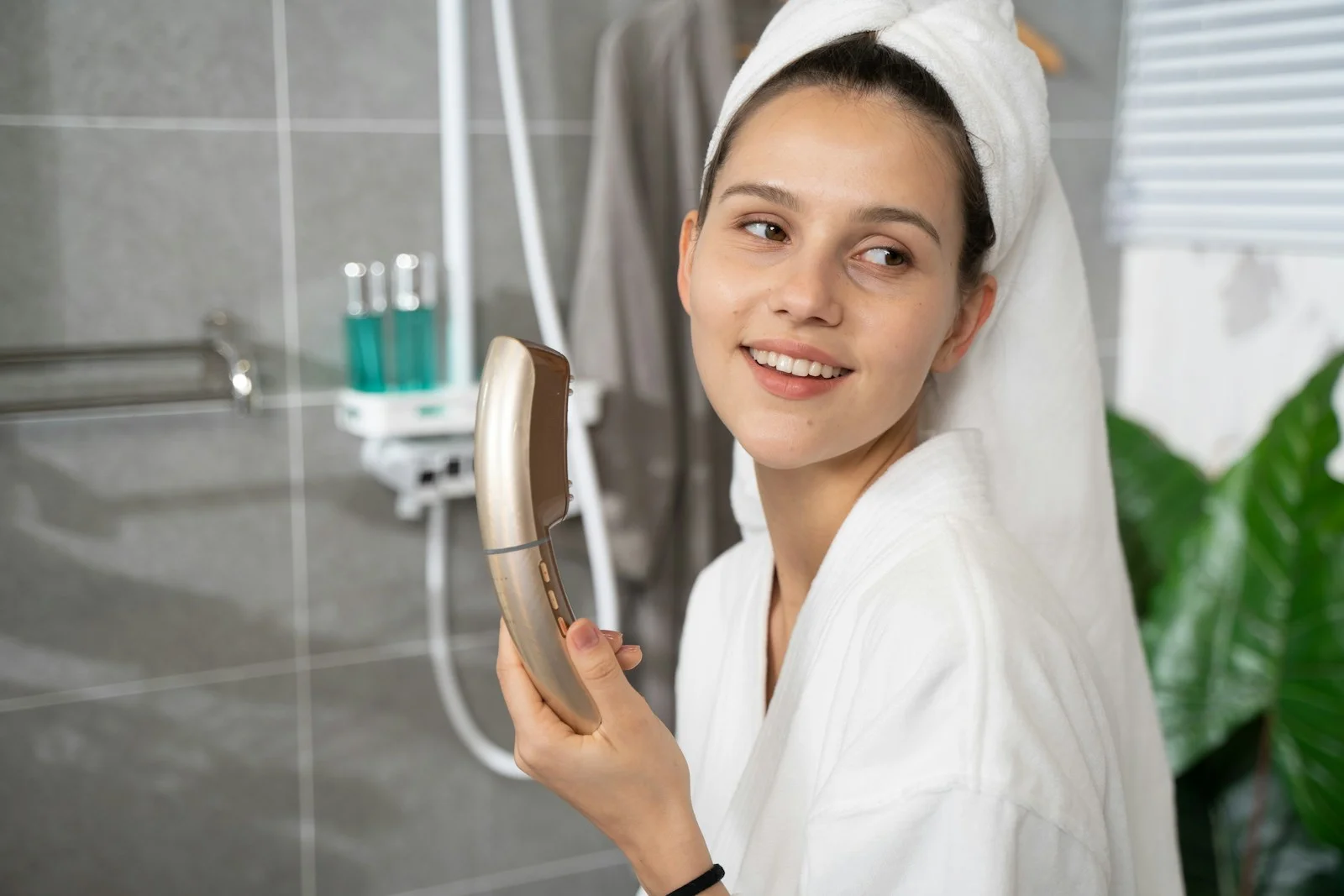
You know that moment when you’re standing in Sephora, clutching a $68 serum, convincing yourself this is the one that’ll finally give you that glowing skin you see on Instagram?
Yeah, I’ve been there. Multiple times. With multiple $68 serums.
I spent over $500 in one year trying to fix my skin. I had a bathroom cabinet that looked like a skincare store exploded. Ten-step routines. Ingredient lists I couldn’t pronounce. Products that promised miracles and delivered… well, mostly just empty bank accounts and the same tired-looking skin staring back at me in the mirror.
And then something shifted. Not because I found some magic expensive cream. But because I stopped doing what the beauty industry told me to do and started listening to what my skin was actually saying.
Let me tell you what happened, and more importantly, what actually worked.
The $500 Skincare Spiral (AKA My Hall of Shame)
Let’s start with the damage report, because I want you to see you’re not alone if you’ve done this too.
My skincare spending breakdown:
| Product Type | Amount Spent | Did It Work? | Why I Bought It |
|---|---|---|---|
| Vitamin C serums (3 different brands) | $147 | Nope | Instagram ads + “brightening” promises |
| Retinol products (2 types) | $89 | Made things worse | Everyone said I “needed” retinol |
| Hyaluronic acid serum | $42 | Meh | YouTube guru swore by it |
| Face oils (4 bottles) | $96 | One was okay | Trying to fix my dry patches |
| Exfoliating acids | $63 | Broke me out | “Chemical exfoliation is better!” |
| Eye creams | $78 | Literally nothing | Fear of aging + marketing |
| TOTAL | $515 | Mostly disappointment | Hope + desperation |
That doesn’t even count the cleansers, moisturizers, sunscreens, masks, and tools I already had.
Here’s what nobody tells you: more products don’t equal better skin. In fact, for me, they made everything worse.
Why the “Perfect” Skincare Routine Failed Me
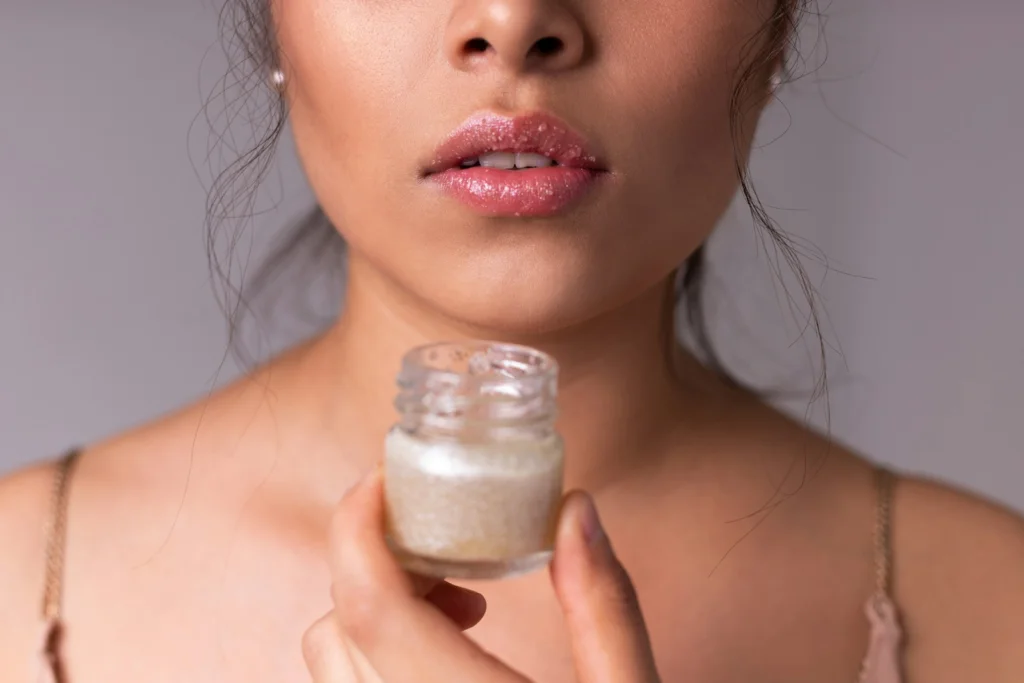
I was doing everything the beauty influencers told me to do:
- Double cleansing every night
- Using actives (retinol, vitamin C, acids)
- Layering multiple serums
- Following a strict morning and night routine
- Trying every trending ingredient
The result? My skin was:
- More sensitive than ever
- Breaking out in weird places
- Dry AND oily at the same time (how??)
- Red and irritated
- Generally angry at me
I thought I was doing something wrong. Turns out, I was doing too much right according to the beauty industry—and that was the problem.
The Turning Point (My Derm Visit That Changed Everything)
After a particularly bad breakout that made me want to hide under my covers forever, I finally went to a dermatologist. Best $35 copay I ever spent.
She looked at my bathroom shelf (I’d brought photos, because of course I had) and said something that stopped me cold:
“Your skin isn’t complicated. Your routine is.”
She explained that I’d damaged my skin barrier by over-exfoliating and using too many active ingredients. My skin wasn’t broken—I’d just been treating it like a chemistry experiment instead of, you know, skin.
That conversation led me to strip everything back and rebuild from scratch. And honestly? It was scary. I’d convinced myself I needed all those products.
But here’s what happened when I stopped trying so hard.
The 6 Simple Changes That Actually Worked
These aren’t fancy. They’re not Instagram-worthy. But they gave me better skin than $500 worth of products ever did.
1. I Cut My Routine Down to 3-4 Products (Yes, Really)
This was the hardest one because it felt like I was giving up. But it was actually the most powerful change.
My old routine: 8-10 products, twice a day
- Oil cleanser
- Water-based cleanser
- Toner
- Vitamin C serum
- Hyaluronic acid
- Retinol (at night) or sunscreen (morning)
- Eye cream
- Moisturizer
- Face oil
My new routine: 3-4 products, twice a day
Morning:
- Gentle cleanser (or just water)
- Moisturizer with SPF (or separate moisturizer + sunscreen)
Night:
- Gentle cleanser
- Moisturizer
- (Optional: one active ingredient, 2-3x per week)
That’s it. That’s the whole thing.
What happened: Within two weeks, my skin calmed down. The redness faded. My breakouts decreased. I stopped waking up with tight, uncomfortable skin.
The truth bomb: Your skin doesn’t need 47 ingredients. It needs consistency, gentleness, and protection from the sun. Everything else is optional.
2. I Started Actually Protecting My Skin Barrier
This phrase gets thrown around a lot, but here’s what it actually means: your skin barrier is like a brick wall that keeps good stuff in and bad stuff out.
When it’s damaged (from over-exfoliating, harsh products, or just life), your skin gets:
- Sensitive and reactive
- Dry but also somehow oily
- Prone to breakouts and redness
- Unable to handle products it used to tolerate
How I repaired mine:
| What I Stopped Doing | What I Started Doing | Why It Mattered |
|---|---|---|
| Using multiple acids and actives daily | Using ONE active, 2-3x per week max | Gave my skin time to recover between treatments |
| Cleansing twice in the morning | Rinsing with just water in AM | Morning cleansing was stripping natural oils |
| Using hot water | Lukewarm water only | Hot water damages the skin barrier |
| Exfoliating 4-5x per week | Exfoliating 1-2x per week (if that) | Over-exfoliation was my biggest problem |
| Trying new products constantly | Sticking with basics for 6-8 weeks | Gave my skin time to actually heal |
The game-changer: I added a simple, fragrance-free moisturizer with ceramides. Ceramides are like the mortar between your skin’s bricks—they literally help repair the barrier.
I use CeraVe Moisturizing Cream (the one in the tub). It’s $16 at the drugstore. Works better than the $89 “barrier repair” cream I bought from Sephora.
3. I Stopped Listening to Everyone and Started Listening to My Skin
This sounds obvious, but it was actually revolutionary for me.
Before: “Everyone says I need retinol in my 30s, so I’ll push through the irritation.”
After: “My skin is telling me it hates this. I’m going to stop.”
Before: “This influencer has perfect skin and she uses 12 products, so I should too.”
After: “My skin is different. What works for her might not work for me.”
How to listen to your skin:
🚨 Red flags your skin is unhappy:
- Persistent redness or burning
- New breakouts in unusual places
- Dry patches that won’t go away
- Skin feels tight after cleansing
- Products that used to work suddenly don’t
✅ Signs your skin is happy:
- Feels comfortable throughout the day
- Makeup goes on smoothly
- You’re not thinking about your skin constantly
- It looks healthy (not perfect, just healthy)
- You can touch your face without irritation
The permission you need: You don’t have to use every trendy ingredient. You don’t need a 10-step routine. You can skip products entirely if your skin doesn’t need them.
4. I Fixed One Thing That Had Nothing to Do with Skincare
Plot twist: the thing that improved my skin the most wasn’t a product at all.
It was water. And sleep. And stress.
I know, I know. Super boring. Not sexy. Can’t be packaged in a cute Instagram-worthy bottle. But hear me out.
My experiment:
For one month, I tracked these things alongside my skin condition:
| Week | Water Intake | Sleep Quality | Stress Level | Skin Rating (1-10) |
|---|---|---|---|---|
| Week 1 | 3-4 cups | 5-6 hours, restless | High (work deadline) | 4 – Breakouts, dull |
| Week 2 | 6-8 cups | 7-8 hours, better | Medium | 6 – Slight improvement |
| Week 3 | 8+ cups | 7-8 hours, good | Medium-low | 7 – Noticeably better |
| Week 4 | 8+ cups | 7-9 hours, great | Low | 8 – Best in months |
What I changed:
- Kept a water bottle with me constantly (goal: 8 cups/day)
- Set a bedtime alarm (seriously, like I’m a toddler)
- Started saying no to things that stressed me out unnecessarily
- Took 10-minute walks when I felt overwhelmed
The result: My skin improved more in that month than it had in the previous six months of trying new products.
The hard truth: You can’t cream your way out of dehydration, exhaustion, and chronic stress. I wish you could. It would be so much easier.
5. I Invested in ONE Good Product (Not Ten Mediocre Ones)
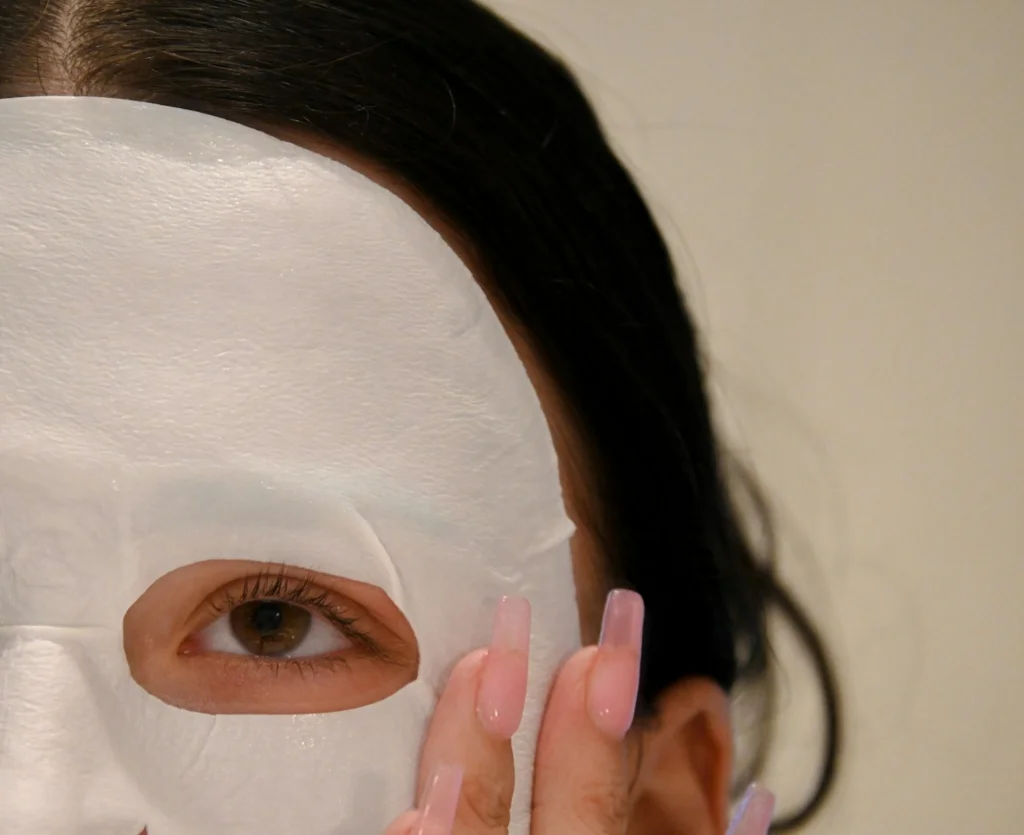
Instead of buying every affordable drugstore option or every trending product, I spent money on one thing that actually mattered: a good sunscreen I’d actually wear.
This changed everything.
Why sunscreen was my one splurge:
- It’s the single most effective anti-aging product (more than retinol, more than vitamin C)
- It prevents damage instead of trying to fix it later
- It protects against skin cancer (kind of important)
- But only if you actually wear it consistently
My sunscreen journey:
| Type | Price | Did I Wear It? | Why/Why Not |
|---|---|---|---|
| Thick white drugstore SPF | $8 | No | Left white cast, felt greasy |
| “Natural” zinc option | $24 | Rarely | Pilled under makeup |
| Korean beauty SPF | $15 | Sometimes | Stung my sensitive skin |
| La Roche-Posay Anthelios | $36 | EVERY DAY | Felt like moisturizer, no white cast |
The lesson: It’s better to spend $36 on one product you’ll use daily than $8 on five products that sit in your cabinet.
Other sunscreens people love (if La Roche-Posay isn’t your vibe):
- EltaMD UV Clear ($39) – Great for acne-prone skin
- Supergoop Unseen Sunscreen ($36) – Totally invisible, works under makeup
- Black Girl Sunscreen ($18) – No white cast on deeper skin tones
- Neutrogena Clear Face ($11) – Budget-friendly, non-comedogenic
Your one good product might be different. Maybe it’s a cleanser that doesn’t strip your skin. Maybe it’s a moisturizer that actually hydrates. Whatever it is, invest in that one thing.
6. I Gave Things TIME (The Most Annoying Yet Effective Change)
This was the hardest lesson because we live in an instant-gratification world. We want results yesterday.
But here’s the thing: your skin cells take 28 days to completely turn over. That means you need to give any routine at least 6-8 weeks to actually work.
My timeline of realistic expectations:
| Timeframe | What You Might See | What You Won’t See |
|---|---|---|
| 1 week | Less irritation if you stopped harsh products | Completely different skin |
| 2 weeks | Skin feels more comfortable | Dramatic transformations |
| 4 weeks | Redness calming, barrier starting to heal | Miracles |
| 6-8 weeks | Actual visible improvements | Perfect skin (doesn’t exist) |
| 3-6 months | Significant positive changes | Looking 10 years younger |
The products I quit too soon (that might’ve actually worked):
- A niacinamide serum (gave it 10 days, needed 6 weeks)
- A gentle retinol (gave it 2 weeks, needed gradual introduction over months)
- A ceramide moisturizer (gave it 1 week, needed 4-6 weeks)
How to actually give something time:
- Take a photo on day one (you’ll forget what your skin looked like)
- Use it consistently for 6 weeks minimum
- Change NOTHING else (so you know what’s working)
- Take another photo at week 6
- Evaluate honestly: is it better, worse, or the same?
The permission you need: It’s okay to be patient. It’s okay to stick with something boring that’s working instead of chasing the next exciting thing.
My Actual Current Routine (With Real Prices)
People always ask what I use now, so here it is. Nothing fancy. Nothing expensive. Just consistent and gentle.
Morning Routine (5 minutes):
- Rinse face with lukewarm water (FREE)
- CeraVe PM Facial Moisturizing Lotion ($13, lasts 3 months)
- La Roche-Posay Anthelios Sunscreen SPF 60 ($36, lasts 2 months)
Night Routine (7 minutes):
- CeraVe Hydrating Facial Cleanser ($15, lasts 4 months)
- CeraVe Moisturizing Cream ($16, lasts 4 months)
- Adapalene gel 0.1% (generic Differin) 2-3x per week ($12, lasts 3 months)
Total monthly cost: About $28
Compare that to: The $90+ I was spending monthly on products that didn’t work.
2-3x per week add-ons (optional):
- The Ordinary AHA/BHA peel once a week ($8, lasts 6 months) – only when my skin needs it
- Sheet mask when I feel like treating myself ($2-3 each)
That’s it. That’s the whole routine that gave me better skin than 10+ products ever did.
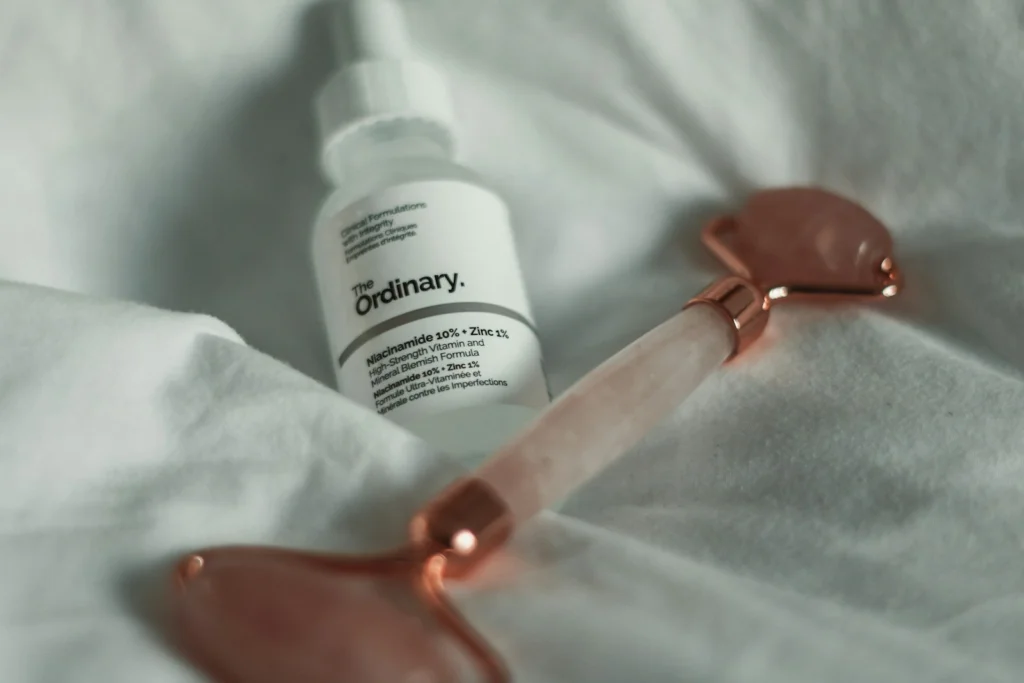
The Products That Are Actually Worth It (According to Dermatologists)
You don’t need to take my word for it. Here’s what actual skin experts say matters:
The “Holy Trinity” of skincare (the only three things that are truly proven):
- Sunscreen – Prevents aging and skin cancer
- Retinoids – Increases cell turnover, proven for anti-aging and acne
- Moisturizer – Maintains skin barrier health
Everything else—and I mean everything—is optional bonus stuff.
The optional extras that have actual science behind them:
| Ingredient | What It Does | Worth It If… | Skip It If… |
|---|---|---|---|
| Vitamin C | Brightening, antioxidant | You have hyperpigmentation | Your skin is sensitive (it often is) |
| Niacinamide | Reduces redness, helps with pores | You have redness or large pores | You already use other actives |
| Hyaluronic Acid | Hydration | You live in humid climate | You live in dry climate (can backfire) |
| Azelaic Acid | Acne and redness | You have both acne and redness | You have dry, sensitive skin |
The stuff that’s basically expensive hype:
- Eye creams (just use your regular moisturizer)
- Face oils (your moisturizer already has this)
- Toners (unless it’s a pH-balancing one, it’s unnecessary)
- Essences (fancy water, mostly)
- Anything with “gold” or “platinum” or “diamond” (marketing)
The Books and Resources That Actually Helped
When I was drowning in skincare confusion, these resources threw me a life raft.
Books:
“The Little Book of Skincare” by Charlotte Cho
Simple, science-based Korean skincare wisdom without the 10-step overwhelm. She emphasizes skin barrier health and finding what works for YOU. (Amazon link)
“Clean: The New Science of Skin” by James Hamblin
A Yale public health expert who stopped showering (bear with me) and explores what skin actually needs versus what we’re told it needs. Eye-opening. (Amazon link)
Key quote: “The idea that you need to purchase products to fix problems that are caused by products is circular logic at its finest.”
Online Resources (Free and Actually Helpful):
Dr. Dray on YouTube (Channel link)
Board-certified dermatologist who reviews products honestly and explains the science. No-nonsense, no sponsorships clouding her judgment.
r/SkincareAddiction on Reddit (Link)
The wiki alone is worth it. Real people sharing what actually works, not influencers pushing sponsorships.
Lab Muffin Beauty Science (Website)
A cosmetic chemist who breaks down the actual science. Helped me understand why some ingredients don’t play well together.
The Ordinary’s Regimen Guide (Link)
Even if you don’t use their products, their guide teaches you about ingredients and layering. Super helpful for beginners.
Apps That Help (Not Hurt):
SkinSort – Analyzes ingredients in products
Think Dirty – Rates product ingredients (though take with a grain of salt)
Yuka – Scans products for potentially irritating ingredients
What Nobody Tells You About “Good” Skin
Can we be real for a second?
“Perfect” skin doesn’t exist. Not on Instagram (thank you, filters), not in magazines (hello, Photoshop), not even on that girl you think has flawless skin (she has pores too, you just can’t see them from across the coffee shop).
“Good” skin is:
- Healthy (no pain, no constant irritation)
- Comfortable (you’re not thinking about it all day)
- Protected (you’re wearing sunscreen)
- Something you’re not at war with
“Good” skin is NOT:
- Pore-less (pores are normal!)
- Completely even-toned (texture is human)
- Always glowing (sometimes you’re tired, that’s okay)
- Identical to someone else’s skin
I still get hormonal breakouts. I still have some redness. My pores are visible. My skin tone isn’t perfectly even.
But you know what? My skin is healthy. And I’m not spending half my paycheck or mental energy trying to fix something that wasn’t really broken in the first place.
The Monthly Cost Comparison (This Will Shock You)
Let’s talk money, because that $500 didn’t just disappear—I was spending consistently.
My spending then vs. now:
| Category | Before (Monthly) | Now (Monthly) | Annual Savings |
|---|---|---|---|
| Cleansers | $22 | $4 | $216 |
| Treatments/Serums | $45 | $4 | $492 |
| Moisturizers | $28 | $4 | $288 |
| Sunscreen | $18 | $18 | $0 |
| Extras (masks, etc.) | $25 | $5 | $240 |
| TOTAL | $138/month | $35/month | $1,236/year |
That’s $1,236 a year I now spend on:
- Actually fun stuff
- Savings
- Better food
- Experiences instead of bottles that promise me a different face
And my skin is better. Let that sink in.
Your Action Plan (Because You Can Do This)
I know what you’re thinking: “This sounds great, but where do I even start?”
Here’s your step-by-step, no-overwhelm plan:
Week 1: Assessment
- Take a photo of your face (I know it’s awkward, do it anyway)
- Write down your current routine
- Note what’s irritating your skin
- Check expiration dates (products expire!)
Week 2: Strip Back
- Remove all actives (retinol, acids, vitamin C)
- Use only: gentle cleanser, moisturizer, sunscreen
- Let your skin calm down
- Don’t add anything new (I know it’s tempting!)
Week 3-8: Consistency
- Stick with the basics
- Take another photo at week 6
- Notice how your skin feels
- Resist buying new stuff (this is the hardest part)
Week 9+: Carefully Add Back
- If you want to, add ONE active ingredient
- Start slowly (2x per week)
- Give it 6 weeks
- Evaluate before adding anything else
The Rules:
- Change only one thing at a time
- Give each change 6-8 weeks
- Listen to your skin, not Instagram
- Simple is not boring—it’s smart
What I Wish Someone Had Told Me
If I could go back and talk to myself standing in Sephora, credit card in hand, here’s what I’d say:
Your skin doesn’t need fixing. It might need healing, but that’s different. You’ve been treating it like it’s broken when really you’ve just been too harsh with it.
The beauty industry makes money when you feel inadequate. Every ad, every before-and-after, every “must-have” product—they’re all designed to make you feel like you’re not enough without them. You are.
More expensive doesn’t mean better. Some of the best skincare products cost under $15. Some of the worst cost over $100. Price and efficacy have almost no correlation.
Your friend’s holy grail might be your nightmare. Skin is individual. What works for someone else might destroy your skin barrier. Trust your skin’s reaction, not someone’s recommendation.
Patience is the most powerful skincare tool. More powerful than retinol. More powerful than vitamin C. More powerful than any serum. Give things time.
The Bottom Line
I spent $500 trying to buy better skin. What I actually needed was simpler, cheaper, and way less complicated:
- A gentle routine I could stick to
- Patience to let my skin heal
- Permission to stop trying so hard
- The understanding that healthy is better than perfect
My skin isn’t magazine-cover perfect. It never will be. But it’s healthy, comfortable, and honestly? I don’t think about it much anymore. And that’s the real win.
You don’t need a complicated routine. You don’t need expensive products. You definitely don’t need to keep chasing the next miracle ingredient.
You need consistency, gentleness, sunscreen, and time. Everything else is just noise.
Your Next Steps (Just Three Things This Week)
Don’t try to overhaul everything at once. That’s what got me into trouble in the first place.
This week, just do these three things:
- Take a photo of your face. Right now, no makeup, natural light. You’ll thank yourself later.
- Write down your current routine. Everything you use, morning and night. Look at it honestly: is it actually helping?
- Pick ONE thing to change. Maybe it’s removing an irritating product. Maybe it’s adding sunscreen. Just one thing.
That’s it. That’s all you need to do right now.
Next week, you can decide what comes next. But for now? You’ve got this. I promise.
Remember: You’re not broken. Your skin isn’t broken. And you definitely don’t need $500 worth of products to prove your worth. You’re already enough. 💙
Quick Reference Resources:
- American Academy of Dermatology – Free, science-based skincare info
- Paula’s Choice Ingredient Dictionary – Decode what’s in your products
- r/SkincareAddiction Wiki – Comprehensive beginner guide
- Skin Cancer Foundation – Sunscreen recommendations
The truth: Healthy skin comes from consistency, not complexity. You’ve got everything you need to start right now.
Meta Description:
I wasted $500 on skincare products that made my skin worse. Here are 6 simple, affordable changes that actually worked—no 10-step routine or expensive serums required. Real results, real budget.
Tags:
affordable skincare routine, skincare mistakes to avoid, simple skincare tips, drugstore skincare that works, skin barrier repair, skincare on a budget, minimalist skincare routine, beginner skincare guide




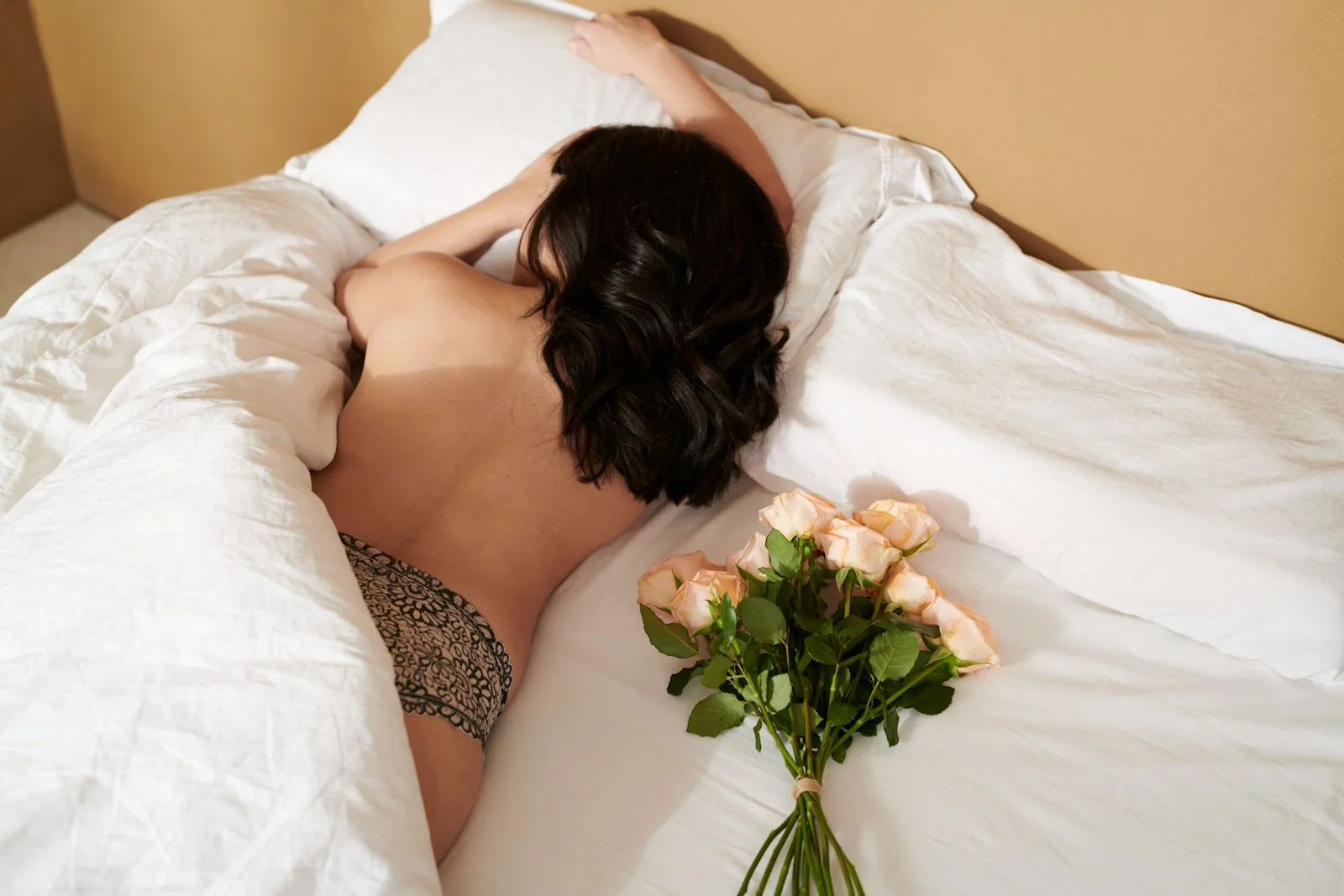
Leave a Reply